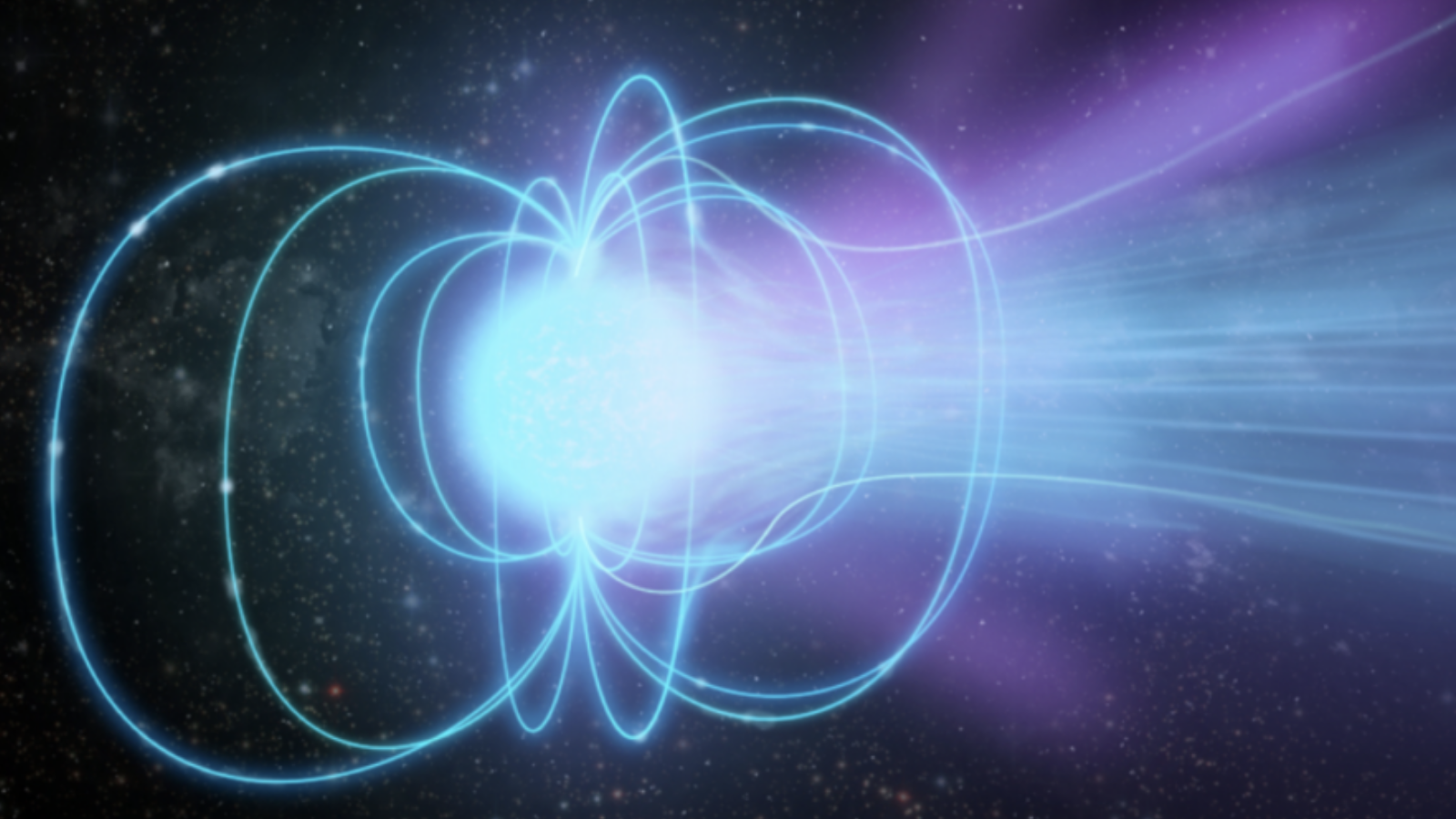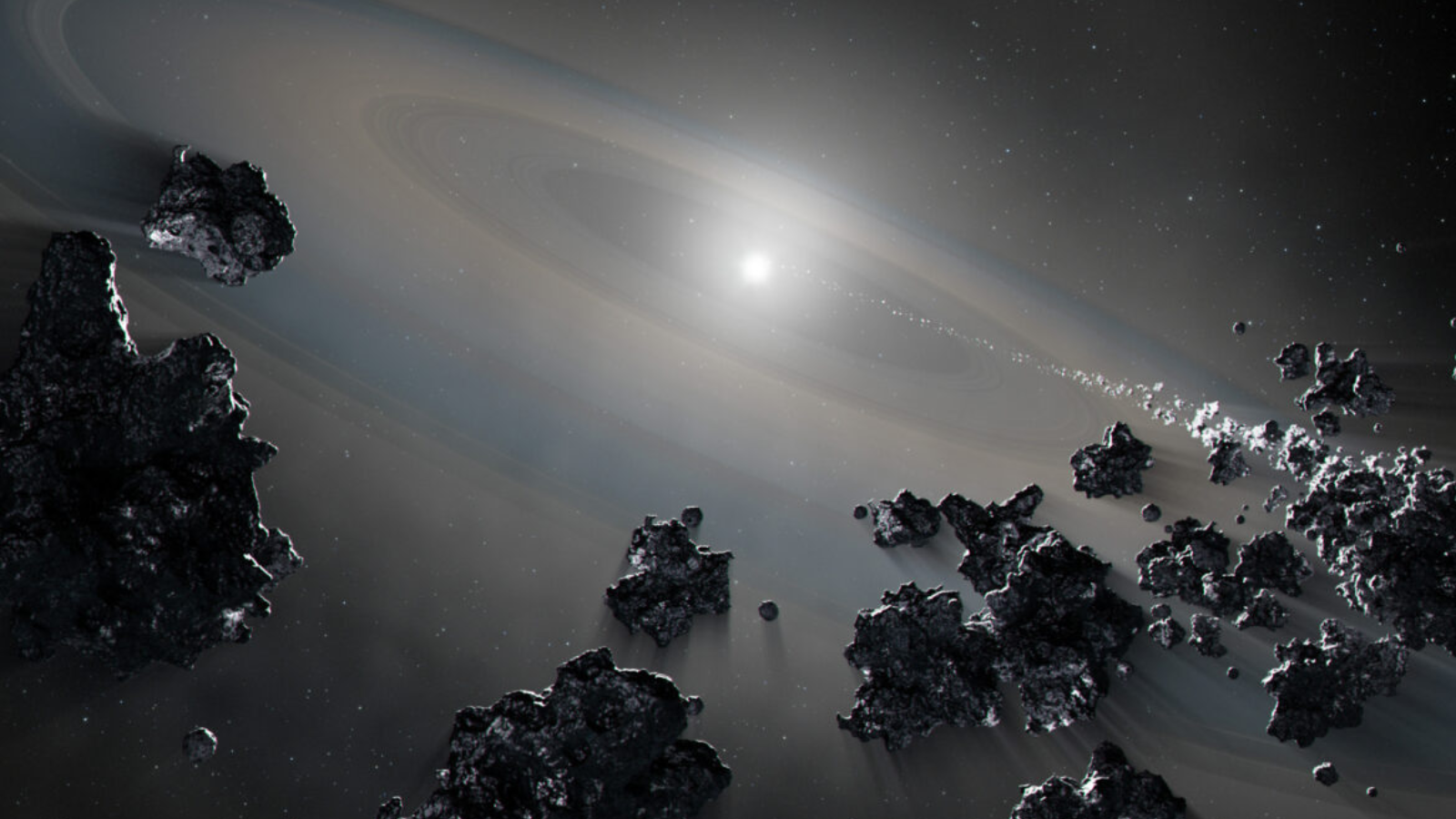Stars
Latest about Stars
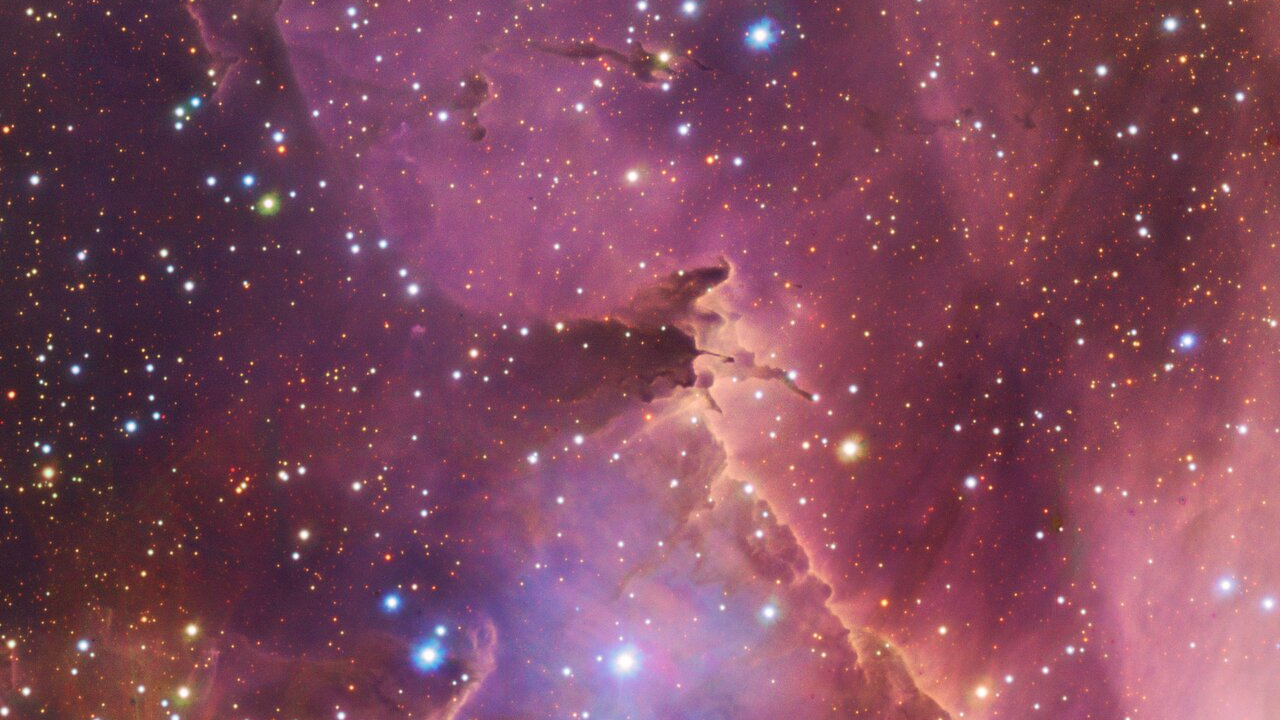
Find your way across countless young stars in this image of a faraway stellar nursery (image)
By Sharmila Kuthunur published
A new telescope image reveals in intricate detail a slice of a well-studied faraway stellar nursery.
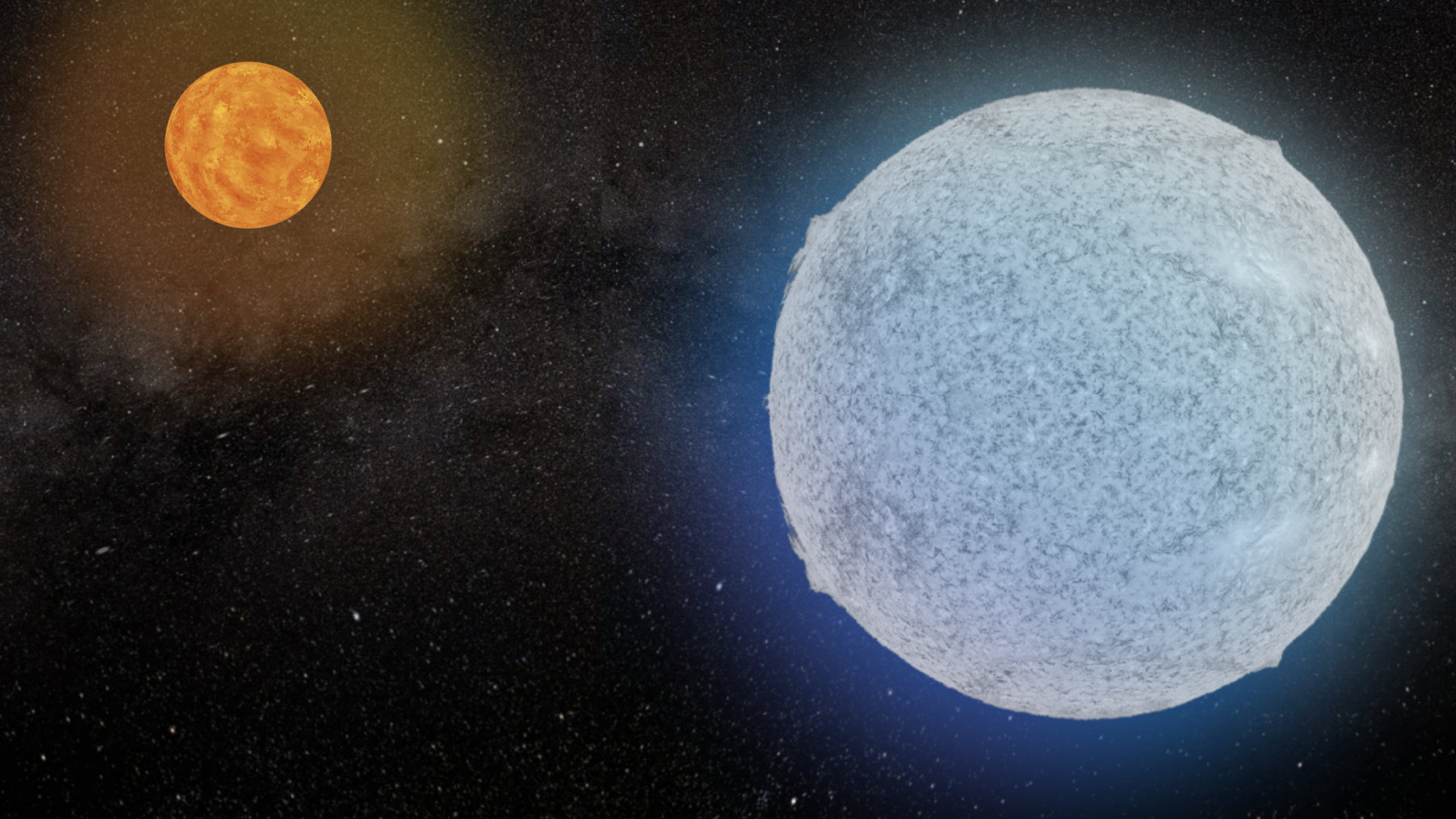
Did a star escape cannibalism by its dead 'monster' white dwarf companion?
By Robert Lea published
A distant star has a dead star companion lurking in its vicinity that could be a monster-massive white dwarf, raising the question: how has it avoided being devoured by this cosmic zombie?
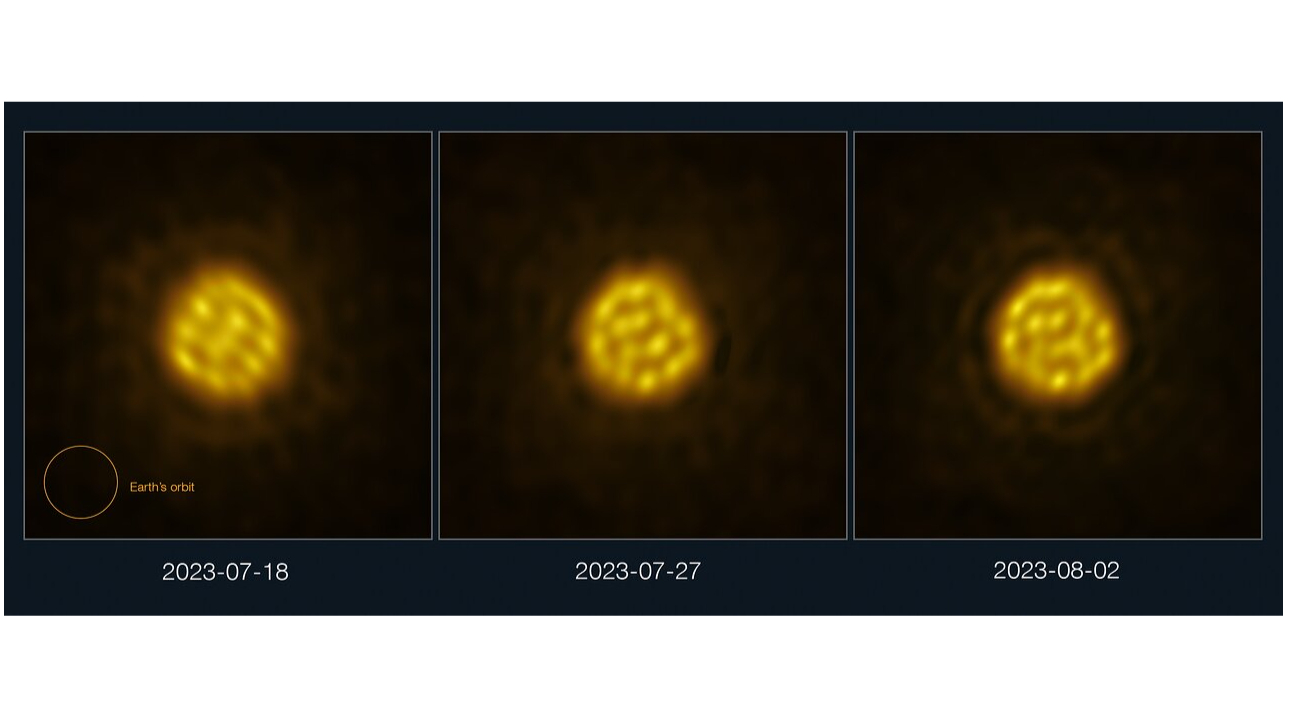
The bubbling surface of a distant star was captured on video for the 1st time ever
By Sharmila Kuthunur published
Astronomers have gotten the first-ever detailed views of turbulent activity on a star other than our own sun.
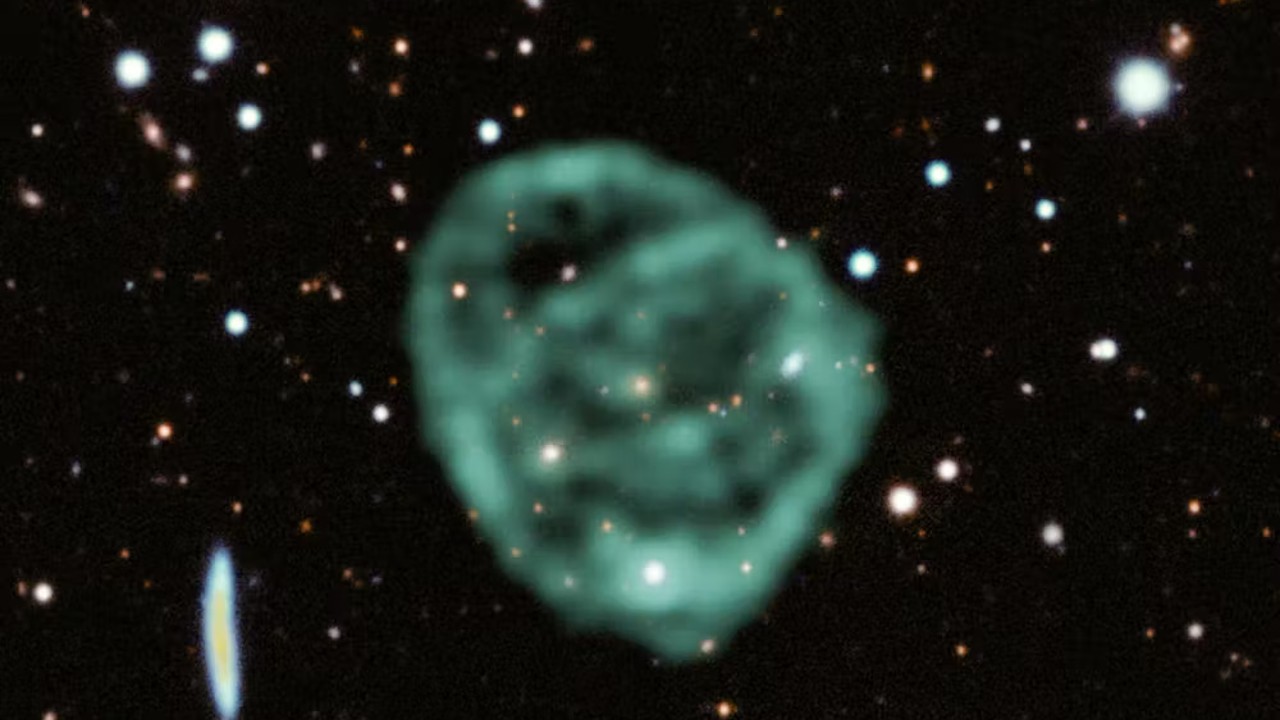
Astronomers discover new 'odd radio circle' near the center of our galaxy
By Keith Cooper published
A mysterious ring invisible at all wavelengths except radio could be a trace of a dramatically unstable star shedding its skin.
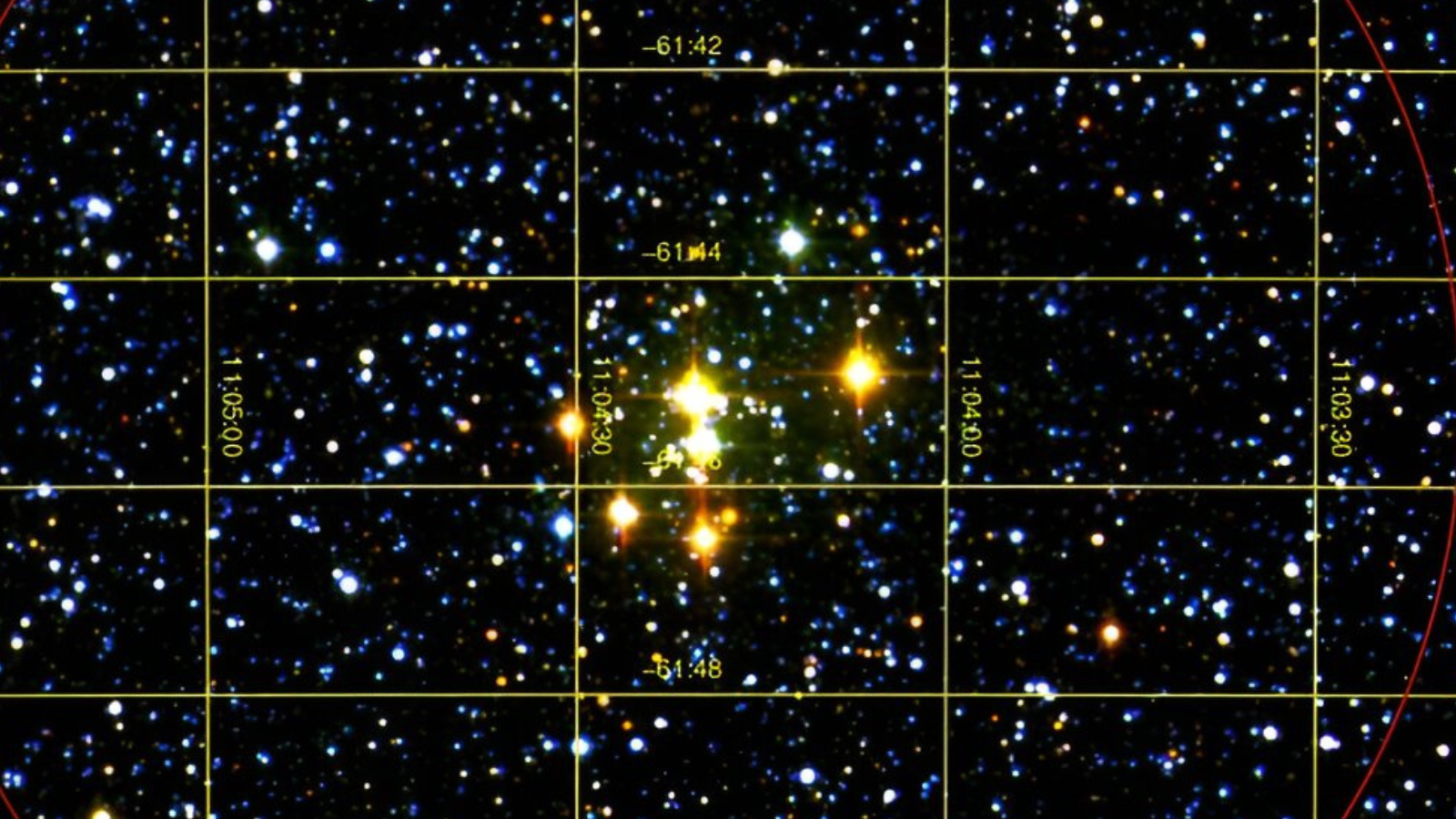
Rare Milky Way star cluster is packed with red supergiants 1 million times brighter than the sun
By Robert Lea published
Many red supergiant monster stars lurk in a Milky Way cluster astronomers have discovered with the Gaia space telescope. The cluster, Barbá 2, could help understand why some stars become black holes.
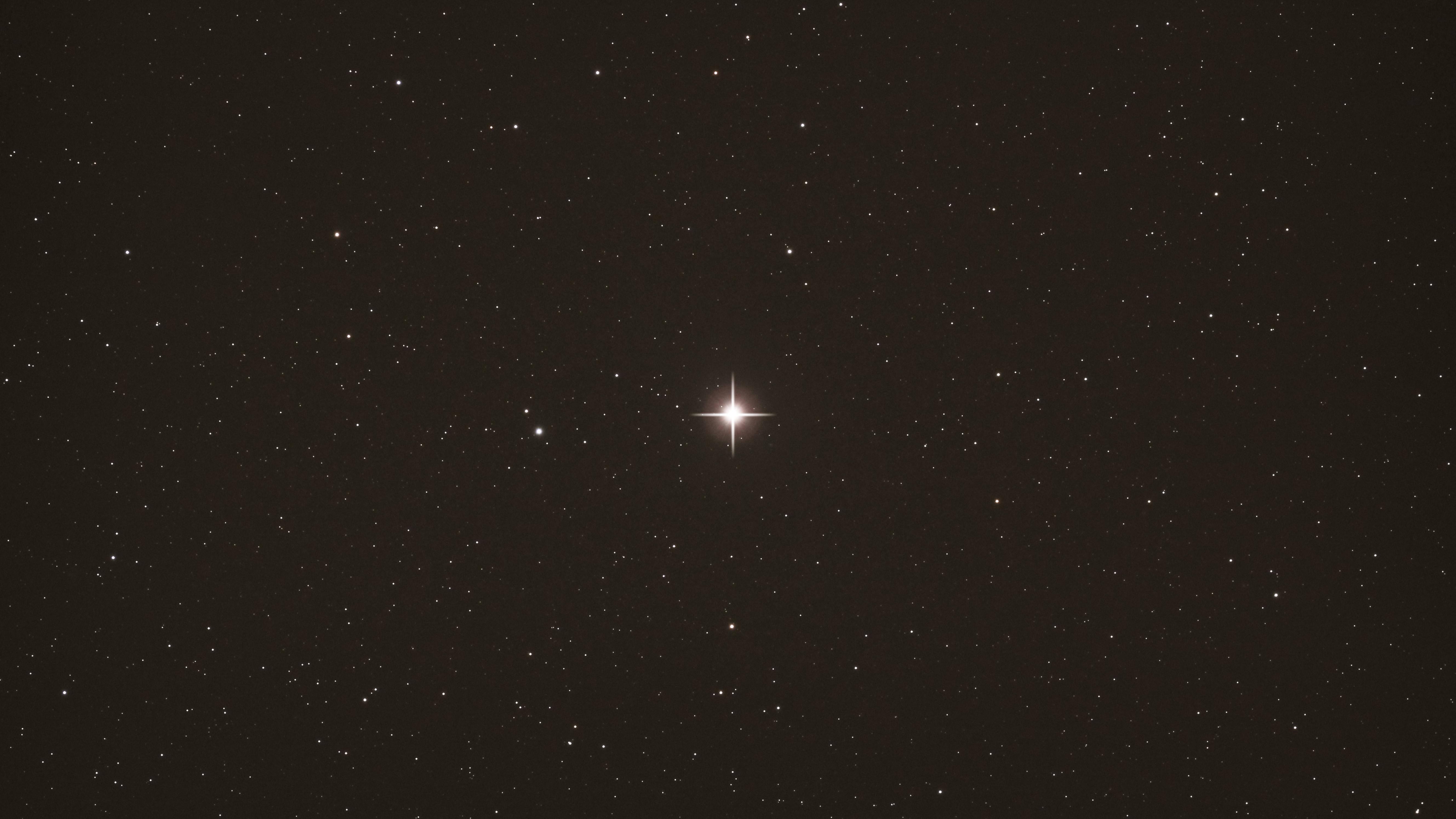
Scientists collect high-resolution images of the North Star's surface for 1st time
By Monisha Ravisetti published
Scientists used the CHARA Array atop Mount Wilson in California to resolve previously unknown features of the North Star.
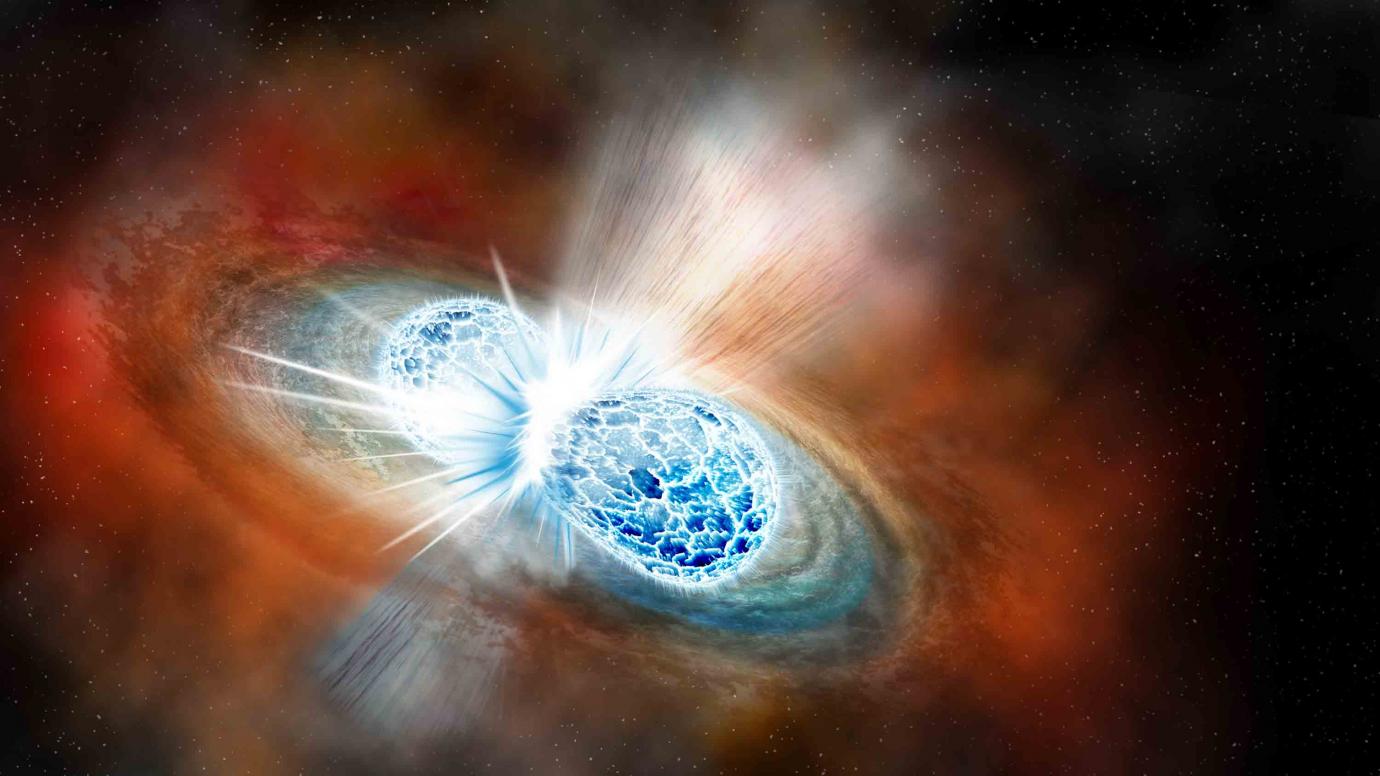
What happens to the wreckage created when extreme dead stars clash?
By Robert Lea published
Neutron stars are the universe's most extreme stars, composed of matter so dense a teaspoon of it would weigh as much as Mt. Everest. So, when they collide, it's quite the event.
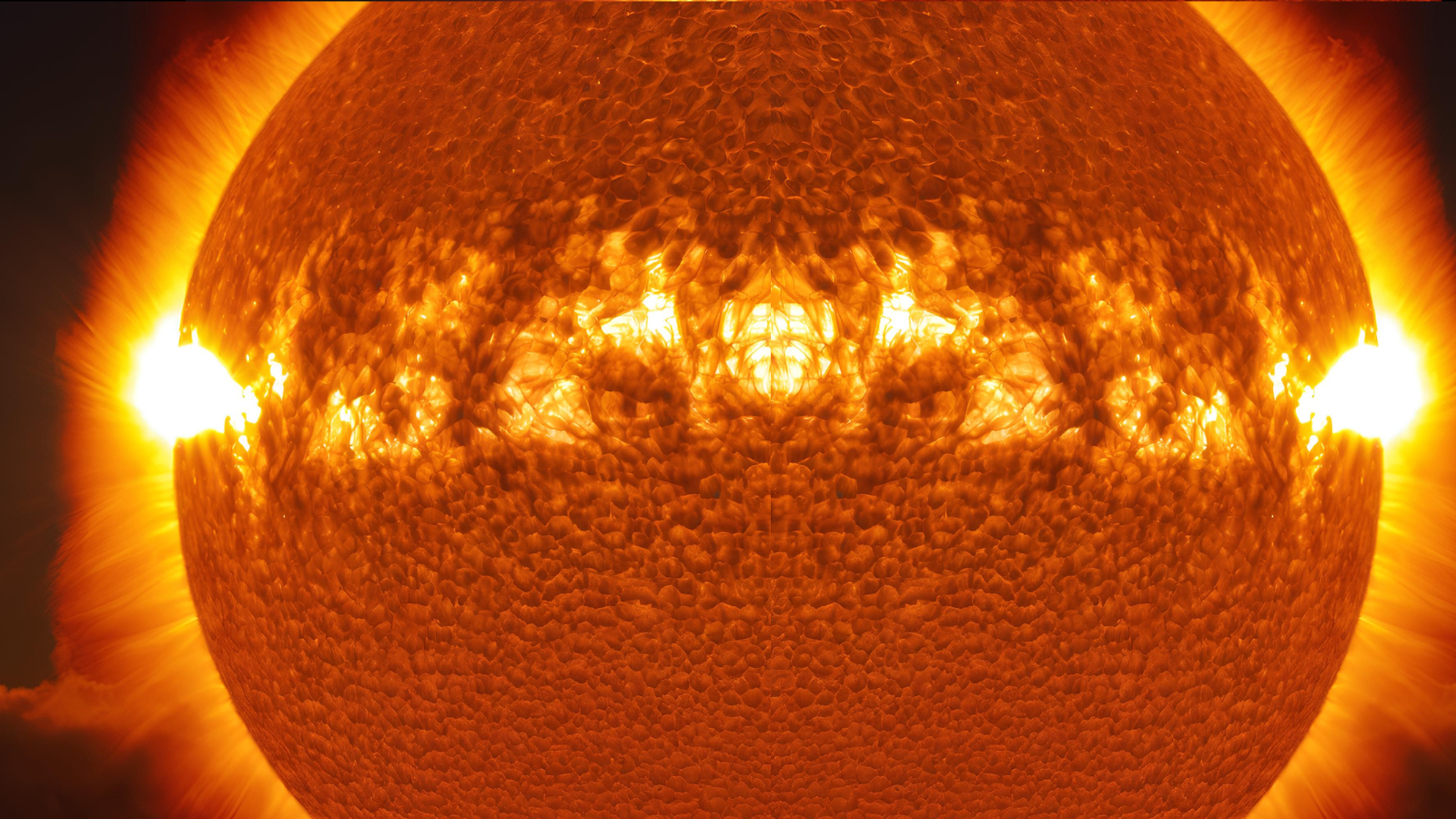
Newly found star 30 times the size of the sun has an unexpected chemical composition
By Robert Lea published
A newly discovered star 30 times as large as the sun has a baffling chemical composition that could provoke a revision to stellar evolution models.
Get the Space.com Newsletter
Breaking space news, the latest updates on rocket launches, skywatching events and more!
